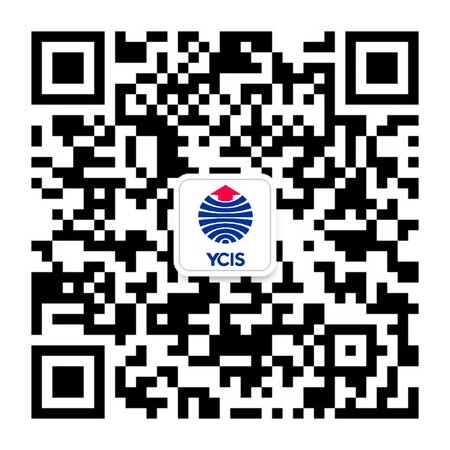Go Back
News
News
How We Learn in ECE - Volume 1
News
11 Mar, 2022
10 : 00
“Our children are the heroes of the classroom.” Quote by: Margaret Zhang, Head of ECE
At YCIS Beijing we follow an ‘emergent curriculum’, which means that our ECE children express their ideas to create their own learning. When the teachers observe an emerging interest among the children, they will support them in exploring and investigating this topic. We would like to give an example of how a simple restaurant experience shared by a K4 children with his peers paved the way for an amazing ‘restaurant’ classroom project with a myriad of learning benefits.
Volume 1 - Academic Benefits
Getting started – With a little help from the teachers
The children enthusiastically started role-playing with their class’s kitchen set and soon found out that many more items and space were needed to operate their ‘restaurant’. The K4 teachers, Emma Li and Dioni Wise, helped to provide materials such as plates, cutlery, aprons, menus, in addition to moving the furniture around. They also introduced the children to different roles people have in a restaurant.
Literacy: Inventive spelling and vocabulary building
An important task for the children was to find a name for their restaurant. They collaboratively agreed on naming it ‘Sweet Restaurant’ (甜甜恭喜餐厅). They used inventive spelling to write ‘Svt Rstrant’ on a large sign. Inventive spelling is the educational practice of children spelling unfamiliar words based on their phonetic knowledge. The teachers also provided bilingual labels of food and kitchen items. To build their communication skills, the young learners were introduced to phrases used in a restaurant, like “What would you like to order?”.
Numeracy: Pricing and sequencing skills
The menu is the core piece of every restaurant and the children explored pricing when they assigned prices to items on their menu. While pretending to be a cashier, some children counted play money and did simple addition to calculate the bill. At times, the restaurant became crowded and not only a waiting line with chairs was formed but also waiting cards with numbers written on them. At first, the numbers were randomly written but within the process of creating a proper working waiting line, the children acquired the knowledge of sequencing and learned about ordinal words.
Read on next week to find out how this project also embedded our school’s soft skills ‘the five dimensions of learning’ and how the children made real world connections.
















